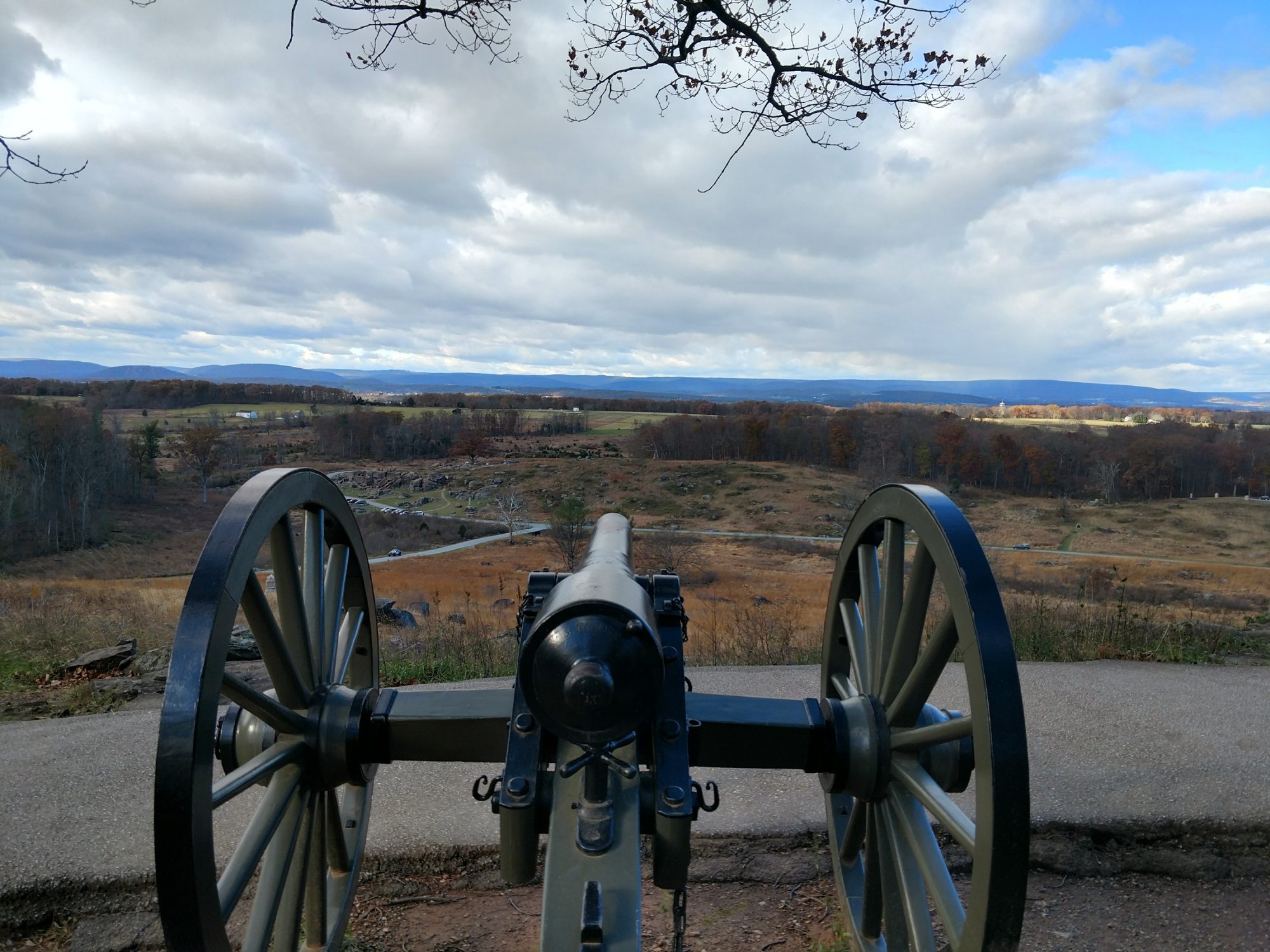SPOILERS AHEAD.
Most determine the great struggle in Star Wars to be that between the Light and Dark sides of the Force. But from a military perspective it has always been between a highly regimented Empire and a loosely organized Rebel force. And even within these communities there have been contentions as to how best lead, direct, and motivate the forces under their control. And nowhere is this seen more starkly as with the First Order and the Resistance in The Last Jedi.
So the film starts out in a nearly perfect demonstration of the dichotomy in the leadership that divides the First Order from the Resistance. The First Order appears out of hyperspace as the Resistance is in the middle of evacuating their planetary base. Multiple star destroyers pop into view surrounding the incredibly vulnerable Resistance frigate that is being loaded with transports. Hoth it is not, as the Resistance doesn’t even have any planetary weapons such as an ion cannon to protect themselves. They are hopelessly outgunned and surrounded.
So one would think this is the end of the Resistance for once and for all, but yet…
If there’s one thing that the Empire/First Order is good at doing it is at getting in its own way through an overly regimented chain of command. Rather than use his star destroyers to pummel the frigate or to hit the base with orbital bombardment, the First Order’s fanatical military commander General Armitage Hux gives orders for his ships to standby as he brings up a new type of frigate: a dreadnought. Yeah, rather than use his already incredibly useful star destroyers, Hux is intent on dragging out yet another piece of tech – begging the question: where does he get the money for this stuff?
Literally, the whole Imperial fleet just sits there with no movement. Ship commanders can take zero initiative without the explicit direction of General Hux. It is a massive amount of firepower, curtailed and nullified by one man – and a thirty year tradition of micromanagement and toxic leadership.
On the opposite side of the house, the Resistance has fighter pilot Commander Poe Dameron who takes gamble after gamble to try to gain a tactical edge on the First Order. Emphasis on the tactical, because Poe does not have a mind for the strategic. Poe goes so far as to disobey a direct order from General Leia Organa to stop a bombing run against the dreadnought and goes full “LEEEROYYYY JENKINNNNNSSS” against the dreadnought. They do destroy the enemy ship, but at the cost of the last two bomber squadrons in the entire Resistance. Which perhaps explains where the rest of the Resistance fleet went if that’s the way that Poe handles resource allocation.
Out of all of this, the First Order loses a dreadnought and the Resistance loses their bombing fleet but is able to make the jump to lightspeed. Of course, the First Order can easily afford the loss of a capital ship while the Resistance is scraping the bottom of the barrel for ships and pilots.
First Order leadership remains static the entire time, only scrambling fighters when it’s nearly too late – as one of the First Order’s bridge officers grumbles under his breath. And this motif remains in place for the rest of the film: rigid leadership with no flexibility. On the Resistance side, Leia finally loses patience with Poe’s insubordination and busts him from commander to captain – something that honestly should have been done a long time ago. Poe is a tactical genius, yes, but has very little capacity for strategy. But since he can pilot an X-wing like no one else, the Resistance can ill afford to treat him badly and so continue giving him leadership roles.

But really, both sides have leadership issues going all the way to the top. These problems influence the conduct of personnel up and down the chain of command.
There’s this concept in the U.S. military called “mission command.” It comes from the Prussian principle called “Auftragstaktik,” pioneered by Helmuth von Moltke in the late 19th century and it boils down to exercising disciplined initiative. That is, giving junior commanders the ability to seize opportunities as they arise without jeopardizing the entire force or operation. The German army used it to great effect in World War I where their units were able to be more flexible and fluid than those of their opponents. It is a concept that is markedly absent from the Star Wars franchise. The Empire and the First Order operate through the use of rigid command structures, with orders coming from the top down. If those orders are not executed to the letter, subordinate officers are in grave danger of being force-choked into submission. This breeds a command culture of absolute and total dedication to orders, which dooms them to fighting an unimaginative war. This is why Imperial and First Order fleets rarely display the levels of ingenuity in war that the Rebels and Resistance do.
And further, there is still the battle between the Sith and the military establishment for control of their military force. The Sith are focused on destroying the Jedi while the military leaders are driven by the ultimate goal of crushing the rebellion. This plays out in Last Jedi, as Kylo Ren and General Hux battle for control of the First Order – sometimes almost openly. With no unity of command – and Kylo Ren becoming increasingly controlled by his emotions – the First Order can only plod along and miss opportunity after opportunity to destroy the Resistance.
The Resistance – much like the Rebellion – seems to be slowly moving away from “command by consensus” which so hampered their abilities in the past. With command power for all tactical and strategic decisions now held by General Organa, the Resistance stands on the cusp of actually having unity of command. However, because the Resistance prides individuality almost too much, they have lost a significant number of their ships to action with the First Order and so have little to no force left to command. Audacity is usually an asset for military leaders, but it can be taken to the level of foolishness. And in this case, the Resistance has gambled its force so many times that they are left with only a handful of pilots and fighters left at the end of the film.
The First Order is not the only force riven by dissension. When Leia is wounded and Admiral Ackbar is killed (we barely have had a chance to mourn him), Vice Admiral Amilyn Holdo takes command. A skilled strategist, Vice Admiral Holdo does have one key problem: she does not know how to communicate her plans to subordinates in order to build trust across the chain of command. When Poe and Finn doubt that she even has a plan to save the Resistance, they launch a harebrained scheme of their own that ultimately leads in the destruction of what is left of the Resistance fleet and force.

At this juncture, one has to ask: are there any competent leaders anymore on either side? The First Order is hampered by its rigidity so much that nearly removes their tactical edge, while the Resistance takes so many risks that it is almost decimated. Both sides are left with gaping holes in their top-tier levels of command at the end of the film which will surely make the sequel to The Last Jedi more interesting than ever.
Enjoy what you just read? Please share on social media or email utilizing the buttons below.
About the Author: Angry Staff Officer is an Army engineer officer who is adrift in a sea of doctrine and staff operations and uses writing as a means to retain his sanity. He also collaborates on a podcast with Adin Dobkin entitled War Stories, which examines key moments in the history of warfare.
Cover Photo: General Armitage Hux in “The Last Jedi.” (Lucasfilm Ltd.)




6 Replies to “A Leadership Vacuum: “The Last Jedi” and Mission Failure”
Comments are closed.